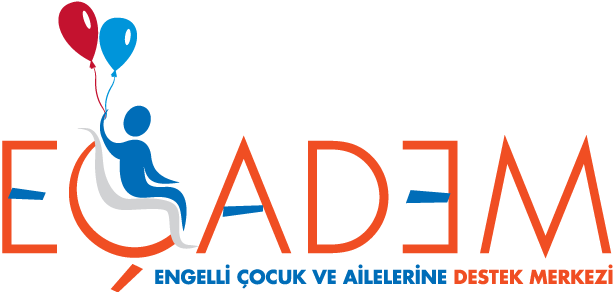In our daily life, how we perceive our environment and how we behave is determined by our sensory integration process. We don’t consciously think about this process; it has been described as an automatic neurological process. Sensory integration refers to the logical arrangement of all sensory perceptions. All the information received from our body and the outside world is organized, interpreted and made available in our brain. Thus, the person adapts to the sensory information coming from the outside world.
Sensory integration therapy is a treatment developed by the American occupational therapist and developmental psychologist Jean Ayres in the 1960s, after research and studies at the University of Southern California.
Our senses are more than five!
Although we think we usually think we have 5 senses, our normal sensory system actually consists of 7 parts. These senses allow us to perceive stimuli from the environment and allow us to respond adaptively.
Sense of touch (Tactile sense): located in our largest organ, the skin. It allows us to perceive pain, heat, pressure, and other sensations. The tactile sense is very important in establishing the bond between mother and child.
Proprioceptive sense (Body awareness): found in muscles and joints, it gives us information about where our limbs are on our body.
Vestibular sense (Motion and balance): located in the inner ear it maintains the balance of the body in relation to gravity.
The sense of smell: thanks to the receptors in the nose, we become aware of the odors in the environment.
Sight: located in the retina of the eye, it allows us to perceive objects with their colors and spatial limitations.
Hearing: located in the ear, it allows us to interpret sound waves.
“Sensory Integration Therapy” is applied to people who have difficulties in the function of all these senses.
Who can apply sensory integration therapy?
Occupational therapists, Physiotherapists or Language and Speech Therapists are expected to perform sensory integration therapy.
